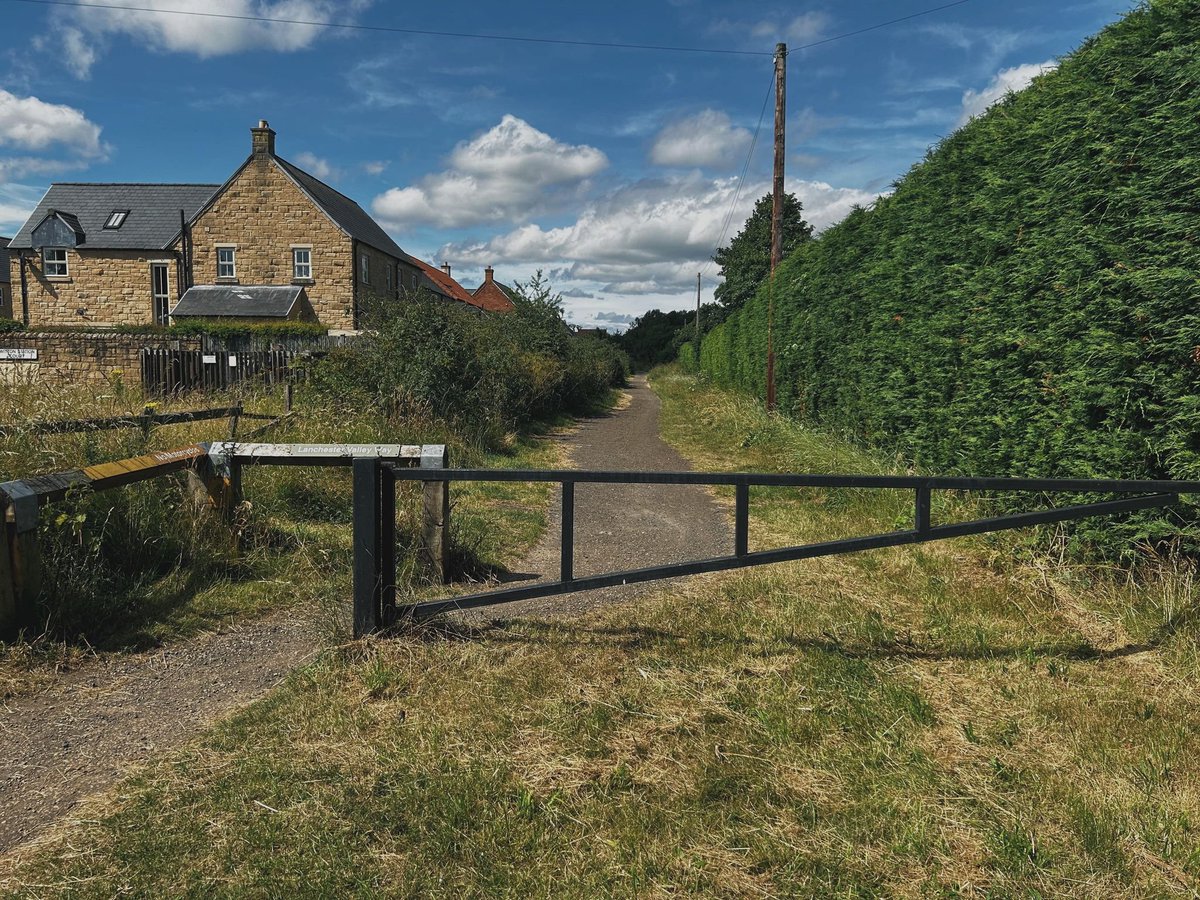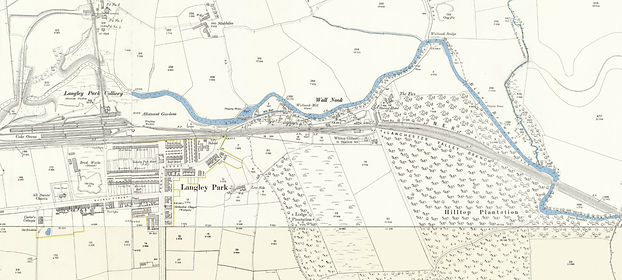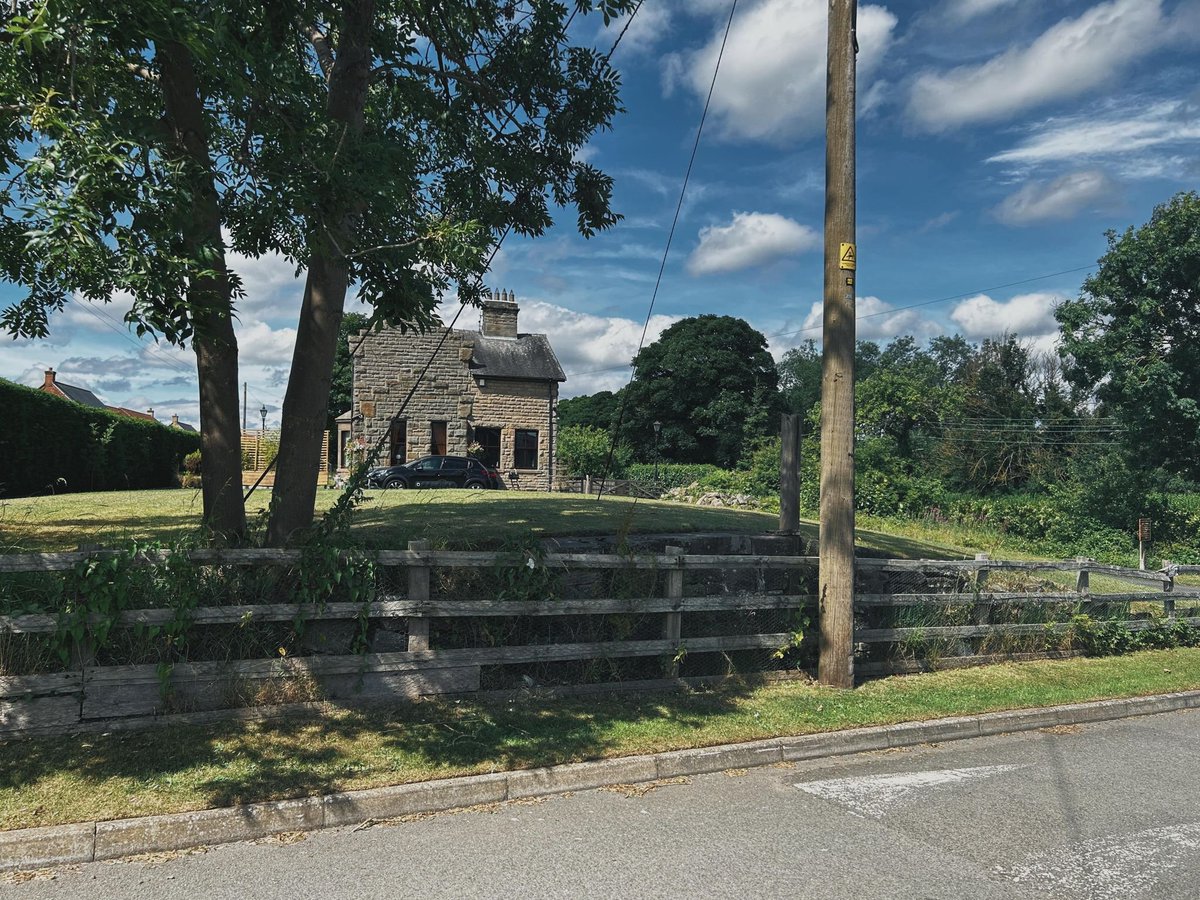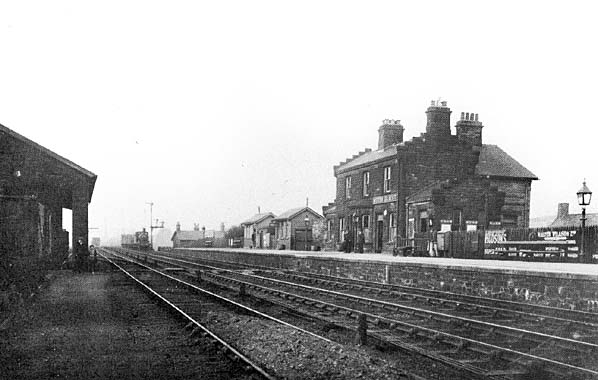
Langley Park, County Durham
Witton Gilbert Railway Station
Last Updated:
1 Aug 2023
Langley Park, County Durham
This is a
Railway Station
Founded in
Current status is
Partly Preserved
Designer (if known):

Now a private residence
This is the site of Witton Gilbert Railway Station nr Langley Park, with its station house still surviving as a private residence.
It opened back in 1862 on the railway which aimed to forge easier links with the Consett Iron Works to "ironopolis" Middlesbrough. It was already pre-conceived as a line with little traffic, as it was only single track from the outset. Many of the pits we know along this stretch weren't sunk until after the construction of the line, and was moreso intended as a through line as mentioned. The railway did help accelerate the opening of pits though, as prospective coal companies saw the potential. Eventually, collieries opened at Langley Park nearby, Malton, Lanchester and Bearpark. A second track was added thereafter.
The first train ran in early September of 1862, with the 5:15am train from Newcastle with around 40 passengers travelling on this little-advertised service. The formal opening was the 12:20 from Durham, with special passengers including Mr Eglinton (the local passenger superintendent), Mr Lawton (the contractor) and Ralph Dodds esq (Newcastle Mayor).
The Newcastle Guardian makes remarks on Witton Gilbert upon opening. It was the first roadside station with "neat station house offices", and had 6 services a day, 3 each way, from the outset.
Passenger numbers were never great here. I speculate this is due to the station being away from its main catchment area, as Langley Park only developed when the pit was sank a couple decades after the station opening. Witton Gilbert was also a substantial walk over the river, so Wall Nook was its primary settlement. Also, pit villages were generally quite insular, with work and leisure all located within the settlement.
One of the busiest days of the year for the line was the Durham Miner's Gala. Special excursion services were ran during and after close of passenger services on the line. The last was recorded to have been in July 1954.
It closed very early, with passengers services ceasing in 1939 and goods in the 60s. Luckily though, the owner of the house takes good care of it, and has a few bits of railwayana hanging about.
Listing Description (if available)


The railway made the area much more marketable for pit sinking, which is why we see such a dramatic transformation of the area between the 1860s and 1890s. The area was incredibly rural in the mid 19th century, with only a few farmsteads and the Wall Nook hamlet in the immediate vicinity. Witton Gilbert is situated around a mile and a half north east.
The station from its inception was single track as seen, with one goods siding facing Consett. Many more tracks and sidings had been added by the time the Langley Park pits had opened, with much more activity generated by the nearby pit village also. Wall Nook had also expanded somewhat with its own Station Hotel (now demolished), and terraced housing likely built for railway workers.

Langley Park had expanded even further by 1915 when this map was surveyed. Terraces and an infant school were constructed on the old Low Side farmstead. Further provisions were also required for the fast growing village, with Langley Park Sewage Works operating on the Browney by the Lanchester Rural District Council. Further amenities opened also, with a number of chapels, Sunday schools, a bank and picture theatre lining the main streets.

The site of the railway station, with the platform just behind the hedge. The goods yard was on the left.

The station house in 2023. Part of the old raised platform is still in situ but covered in grass. An old North Eastern Railway plaque is seen on the right.

Witton Gilbert Railway Station in the early 19th century from a similar perspective. The goods shed is seen on the left with a service coming into the station. It was notably always a single platform despite running from both sides.
Source: Disused Stations
